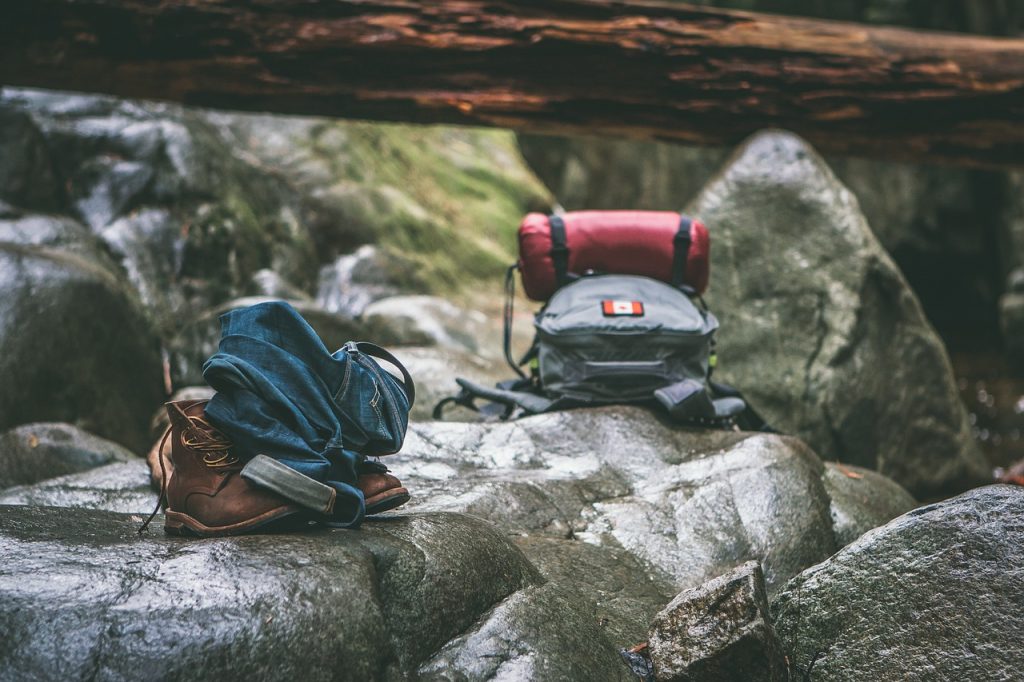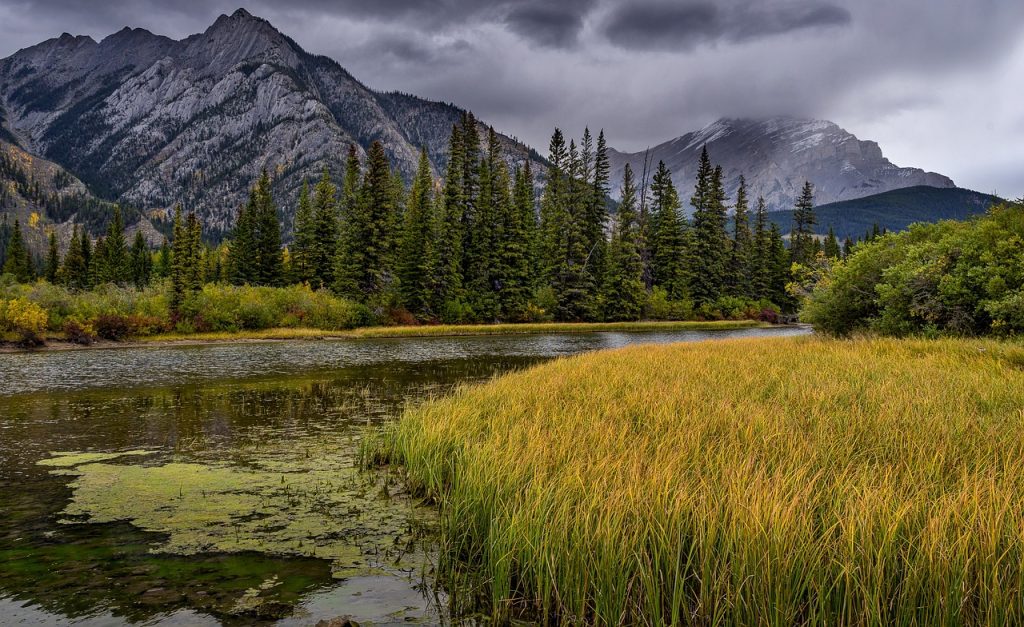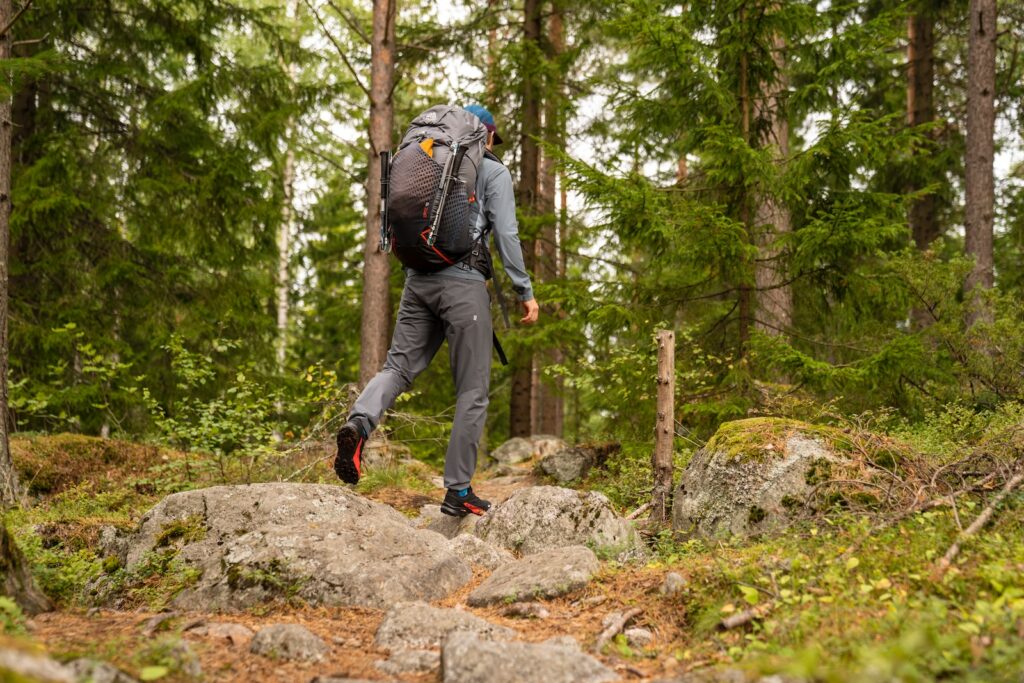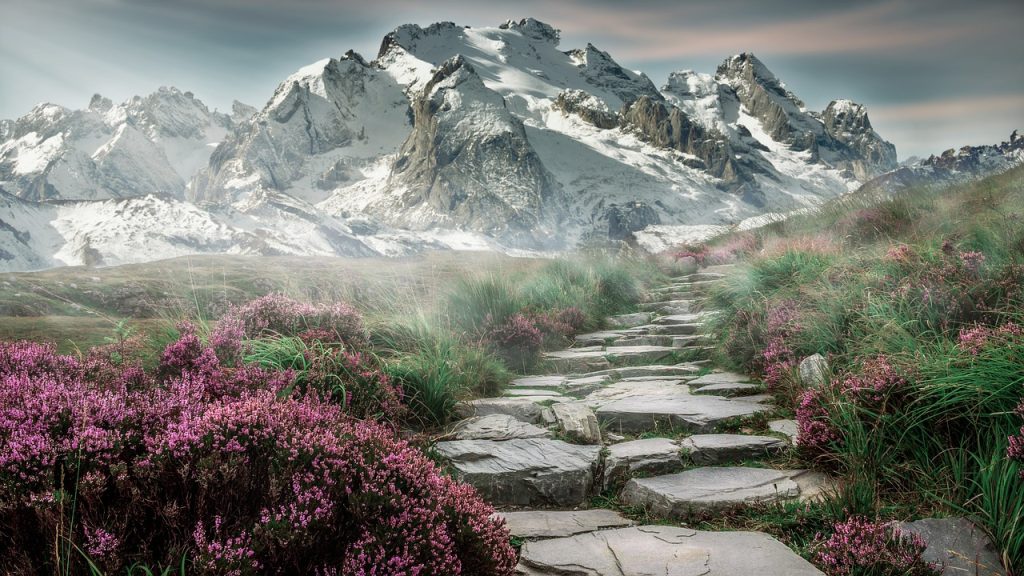

Hiking Safety: 10 Precautions Every Hiker Should Take
Are you ready to conquer the great outdoors and embark on an unforgettable hiking adventure? Whether you’re a seasoned hiker or just starting out, one thing remains constant – safety should always be your top priority. From breathtaking mountain peaks to serene woodland trails, there’s no denying that hiking offers a thrilling escape from our everyday lives.
However, it’s essential to remember that Mother Nature can be unpredictable, and even the most experienced adventurers are not exempt from potential dangers. In this blog post, we will uncover 10 crucial precautions every hiker should take to ensure their journey is memorable for all the right reasons. So grab your boots, pack your backpacks, and let’s delve into the world of hiking safety together!
Introduction

No matter how frequently you hit the trails, it’s important to always take safety precautions while hiking. From being aware of your surroundings to carrying the proper supplies, a little extra effort can go a long way in ensuring a safe and enjoyable hike for everyone involved.
Here are eight safety precautions every hiker should take:
1] Let someone know where you’re going: It’s always a good idea to let someone know your planned hiking route and estimated time of return. That way, if something does happen and you don’t return when expected, search and rescue will have a better idea of where to look for you.
2] Stay on marked trails: Hiking off-trail can be more strenuous and increase your chances of getting lost or injured. And, it can also damage sensitive vegetation or wildlife habitat. When possible, stick to designated trails.
3] Be aware of your surroundings: Pay attention to your surroundings and look out for potential hazards like slippery rocks, steep drop-offs, or wildlife nesting areas. And, if you’re hiking in an area with known dangers (like avalanche country), take extra care to avoid potentially hazardous areas.
4] Check the weather forecast: Before heading out on your hike, check the local weather forecast so you know what conditions to expect. If severe weather is predicted, it’s best to reschedule your hike for another day.
What Safety Gear to Bring
In order to hike safely, it is important to be prepared and to know what safety gear to bring.
Some essential items include:
-a map of the area
-a compass
-a first aid kit
-plenty of water and snacks
-appropriate clothing for the weather conditions
-headlamp or flashlight
-whistle
-hiking boots or shoes
hikers should also familiarize themselves with the basics of bear safety, as there are often warnings about bears in areas where hiking is popular.
Awareness of Weather Conditions
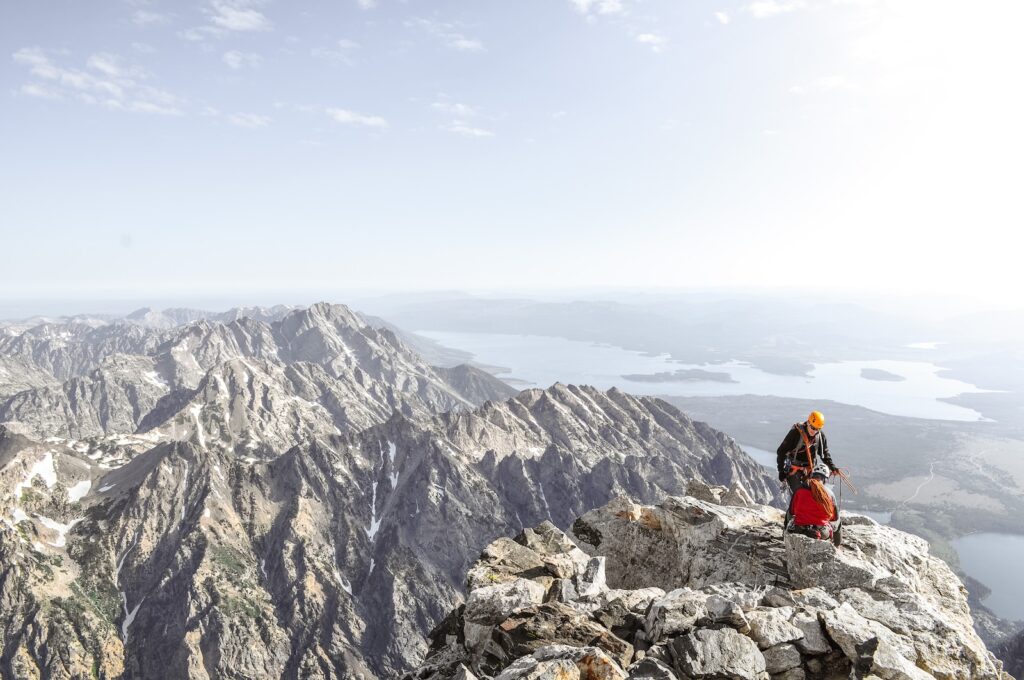
Every hiker should be aware of the potential weather conditions they may encounter while on the trail. Hikers should always check the forecast before heading out, and be prepared for sudden changes in weather.
In addition to being aware of the general forecast, hikers should also be aware of specific conditions that could impact their hike. Heavy rains can cause flash flooding, strong winds can down trees, and lightning is always a danger. If severe weather is expected, it is best to postpone your hike.
If you do find yourself caught in bad weather while on the trail, try to seek shelter immediately. Find a large tree to stand under during a thunderstorm, or get inside a cave or other rocky overhang if possible. Stay away from ridge lines and open areas during high winds, and avoid crossing rivers or streams if there is a chance of flash flooding.
Knowing Where You’re Going
When it comes to safety while hiking, knowing where you’re going is key. Make sure to research your route before heading out, and be aware of any potential hazards along the way. If possible, hike with a partner who knows the area well. Leave a detailed map and itinerary with someone at home, so they know where to look for you if something goes wrong. And always let someone know when you’re planning to return from your hike.
Tell Someone Where You Are Going and When
It’s always a good idea to let someone know where you’re going and when you expect to return when embarking on a hike. That way, if something happens and you don’t come back when expected, someone will know to come looking for you.
Here are a few things to keep in mind:
- Make sure to tell someone who is not hiking with you the details of your hike, including the route you’ll be taking and what time you expect to return.
- It’s also a good idea to leave a note in your car with these same details in case you don’t return as planned and someone needs to find you.
- If possible, hike with at least one other person so that there is someone else who knows where you are in case of an emergency.
- Check in with your chosen contact person at the end of your hike to let them know you made it back safely.
Taking Care with Wild Animals
It is important to be cautious when encountering any wild animals while hiking. Some animals may appear friendly but can be dangerous, so it is best to keep your distance. If an animal does become aggressive, do not run away; instead, try to make yourself as small as possible and back away slowly. Avoid eye contact and remain calm until the animal loses interest and goes away.
Using Trails and Pathways
Before heading out on a hike, it is important to research the trails and pathways you will be taking. Make sure to map out your route in advance and take note of any dangerous areas or potential hazards. When hiking, always stay on the trail and be aware of your surroundings. If you come across an obstacle, slow down and take your time to navigate around it safely.
Be cautious of wildlife when hiking and never approach or disturb them. If you encounter a hostile animal, remain calm and do not run. Slowly back away from the creature and make yourself as small as possible.
Using Sunscreen and Bug Repellent
When hiking in the woods, it’s important to take precautions against both the sun and bugs. Be sure to apply sunscreen before heading out, and reapply throughout the day as needed. In addition, use bug repellent to keep mosquitoes and other insects at bay.
Practicing Good Food Storage Habits
There are a few simple food storage habits that every hiker should practice in order to maintain safety while on the trail. When packing food for your hike, be sure to pack items that will not spoil quickly and that do not require refrigeration. You should also pack enough food to last you the entire trip, as well as some extra in case of emergencies.
When you make camp for the night, be sure to store your food properly so that animals cannot get to it. This usually means hanging your food up high in a tree or keeping it in a bear-proof container. Never leave food out in the open or in your tent, as this is inviting trouble.
If you do encounter an animal while on the trail, do not try to feed it or engage with it in any way. Simply back away slowly and let it be. Do not attempt to run from an animal, as this will only trigger its natural instinct to chase and could lead to an attack.
Know the Rules of Hiking Etiquette
When hitting the trails, it’s important to be aware of basic hiking etiquette. Be respectful of others and take only pictures, leave only footprints.
Here are some specific rules to follow:
-Pack out everything you bring in, including trash
-Leave rocks, flowers and other natural items where you find them
-Don’t build cairns or interfere with trail markers
-Respect wildlife and give them their space
-Yield to uphill hikers and control your speed on downhill sections
-Be considerate with music and noise levels
Conclusion
Hiking is an enjoyable activity with many benefits, but it can also be hazardous. Before embarking on your next adventure, make sure you are aware of the potential risks and take appropriate safety measures. From informing someone about your plans to bringing along necessary supplies, these 10 hiking safety precautions are essential for having a safe and memorable outdoor experience. By following our advice, you’ll reduce the chances of facing any danger while out in nature. Enjoy the great outdoors responsibly!

